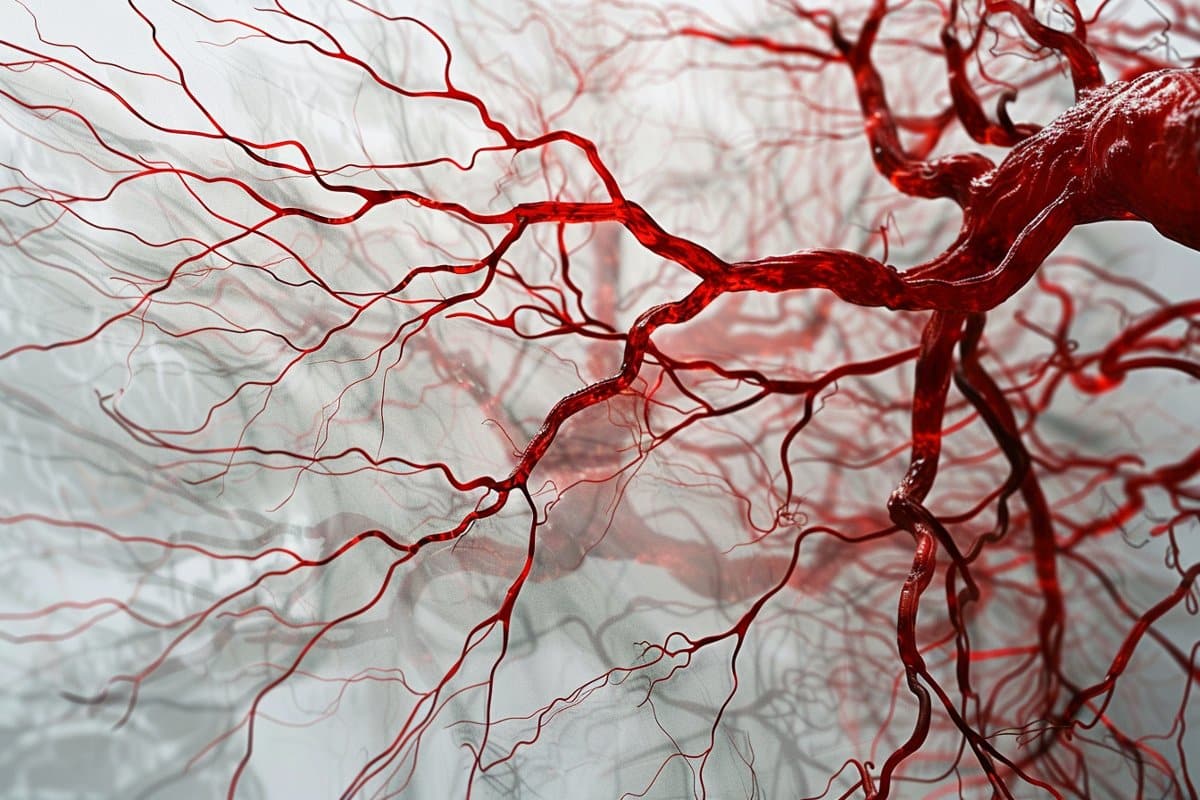UCL (University College London) researchers have created a portable scanner that generates detailed 3D images in just seconds, potentially enabling earlier diagnosis of diseases. This device has been tested on patients at University College London Hospitals (UCLH) and employs photoacoustic tomography (PAT) to visualize blood vessels as deep as 15mm in real-time. The scanner offers intricate images, representing a significant advancement over older models, which could take five minutes or more to produce a scan.
Speed and Quality
This new technology operates 100 to 1,000 times faster than previous PAT scanners without sacrificing image quality. It produces high-resolution images without any motion blur. Initial clinical trials involving patients with diabetes, breast cancer, and rheumatoid arthritis highlighted the scanner’s ability to identify subtle changes in blood vessels that standard imaging methods often overlook.
Clinical Insights
Andrew Plumb, a consultant radiologist at UCLH, elaborated on the scanner’s potential for diagnosing conditions such as diabetes, where recognizing blood vessel damage can be quite challenging. He noted a specific case where one patient exhibited smooth, uniform blood vessels in the left foot, but the right foot showed twisted, irregular vessels. This discrepancy points to possible issues that could lead to tissue damage in the future. The use of photoacoustic imaging may provide far more detailed insights, aiding in early diagnosis and enhancing our understanding of disease progression overall.
Potential Applications
The scanner’s rapid speed and accuracy make it particularly useful in clinical settings, especially for vulnerable patients, and could help in diagnosing diseases such as cancer and cardiovascular conditions. Further trials are currently being conducted to validate these findings and to investigate additional medical applications.
University College London Hospitals via ScienceDaily


Leave a Reply